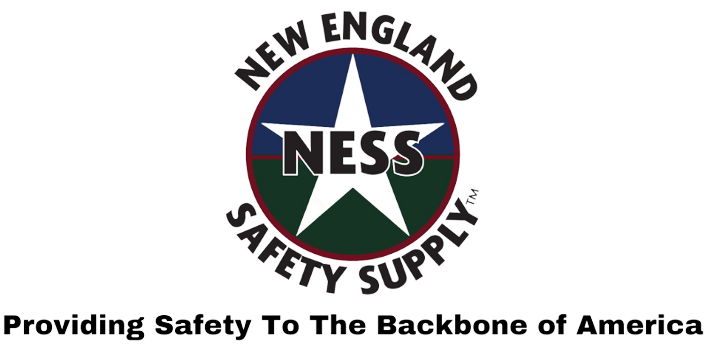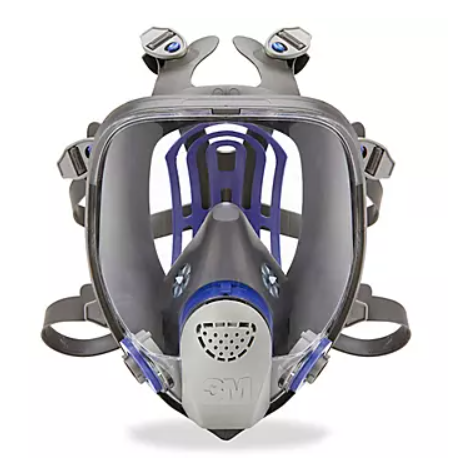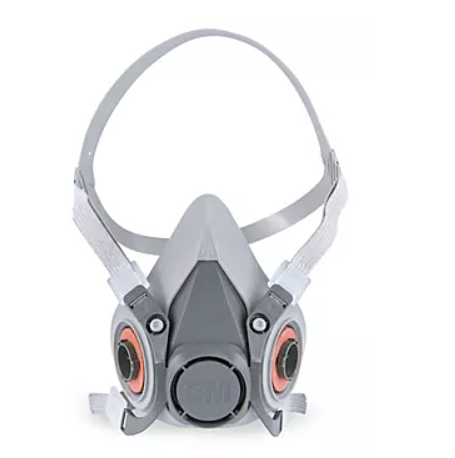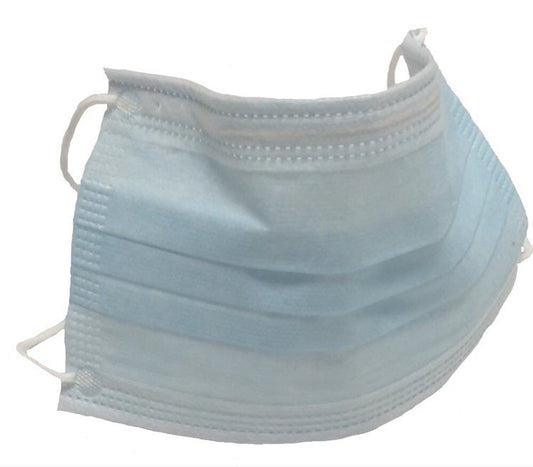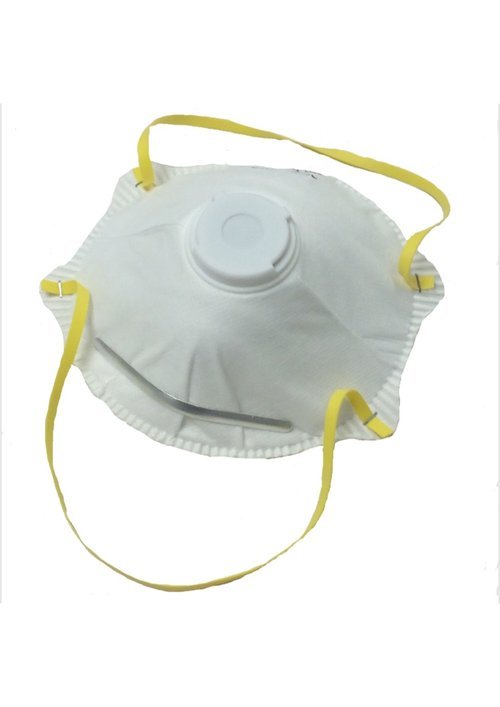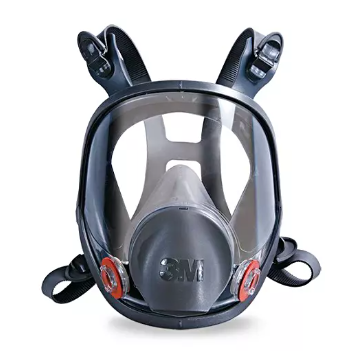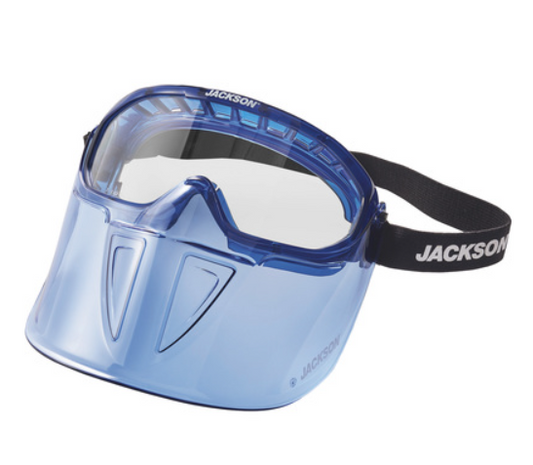According to the Occupational Safety and Health Administration (OSHA), hazard identification and prevention is a necessary part of workplace safety. Hazard identification involves recognizing potential workplace hazards and risk factors before they lead to serious injury or illness. To ensure that your business is in compliance with OSHA safety standards, it’s important to understand what hazard identification entails and how to prevent them. Let’s take a closer look at the basics of hazard identification and prevention.
What Is Hazard Identification?
Hazard identification is the process of recognizing potential workplace hazards, assessing their risk level, and taking steps to reduce or eliminate them. This includes identifying both physical dangers such as dangerous equipment or hazardous materials, as well as psychological risks such as stress or fatigue. By addressing hazards before they become problems, businesses can save time, money, and most importantly keep employees safe from harm.
Steps for Identifying Hazards
OSHA has outlined five steps for properly identifying workplace hazards:
1. Know Your Workplace: Become familiar with your work environment by performing a thorough assessment of the area. Look for any potential sources of danger such as machinery, chemicals, heights, etc., that could potentially cause injury or illness if not addressed properly.
2. Identify Potential Hazards: Once you have an understanding of your workspace, you can start looking for any potential sources of danger that may exist within it. Pay special attention to areas where there are high levels of activity or where workers may be exposed to dangerous conditions on a regular basis. Be sure to also account for any changes that may have been made since your last assessment was conducted so that no potential dangers are overlooked.
3. Assess Risk Level: Once you have identified potential hazards in your workplace, it’s important to evaluate each one based on its level of risk in order to determine how best to address it. Consider factors such as its frequency of use/exposure, how likely an accident would be if it were left unaddressed, and what steps need to be taken in order to reduce or eliminate the hazard altogether?
4. Take Action: After assessing each source of danger individually, decide which ones require immediate action in order to reduce the likelihood of an accident occurring due to them being present in the workplace? Depending on the severity of the hazard(s) identified during your assessment process will determine which steps need to be taken first; whether this means implementing additional safety protocols or removing certain pieces of equipment entirely from the premises altogether will depend on its individual risk level assessed prior during step 3 above?
5. Monitor & Reassess: Finally once all necessary action has been taken towards reducing identified risks within your work environment; continue regularly monitoring these areas over time; while re-assessing them periodically (at least annually) going forward; in order ensure any additional changes made since then account for further updates implemented onto these areas since then?
Hazard identification and prevention is an important part of maintaining a safe working environment for employees at all times; regardless as too whether its done through annual assessments conducted by employers themselves; OR required by law via governmental regulations like those mandated by OSHA itself here? In either case though; following these five steps outlined above will help ensure that all necessary precautions have been taken when it comes too ensuring optimal safety protocols are maintained throughout each respective worksite location here! So make sure you do your due diligence when it comes too conducting regular audits/assessments like these going forward! They just might end up saving someone's life in return!
Click Here for the official OSHA Hazard Identification Training Tool.
 (508) 492-8975
(508) 492-8975